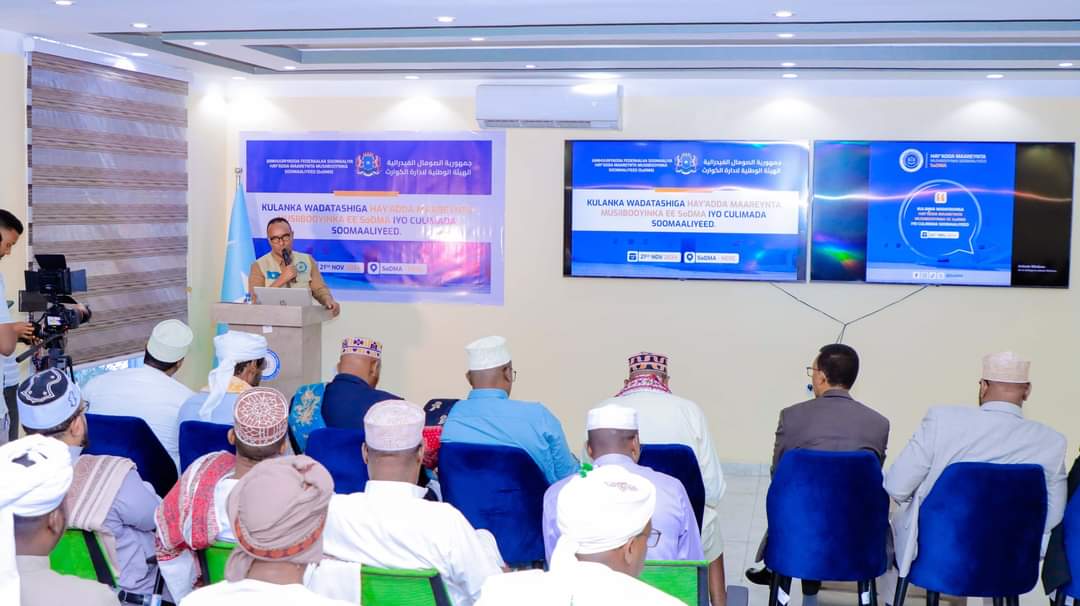Ethiopia is striving to expand rice production to ensure food security and generate foreign currency albeit to forex and related challenges, the Ethiopian Institute of Agricultural Research said.
Speaking to the Ethiopian Press Agency (EPA), Institute Crops Research Director TayeTadesse (PhD) said that Ethiopia’s rice production is showing a promising result towards ensuring food security and generating foreign exchange in a bid to boost its economy and curb forex glitches.
Citing a huge amount of money spent for importation, the director noted that the country has given due emphasis to the expansion of crops farming especially rice since the last three years.
As to him, urbanization causes the higher demand, ranging from 70% to 80%, of rice consumption.
He said, “Joint efforts are needed to substitute the rice imports at the national level and it is highly important to provide the necessary inputs including harvesting machines and other facilities,” he stressed.
Moreover, it is essential to work with various stakeholders to jointly fetch a higher product and create market linkages by integrating the value chain for the benefit of the farming community, he added.
Bahir Dar University Agri College Teacher and Blue Economy Center of Excellence Director AlayuYalew (Asst. Prof.) on his part recommended that the country needs to give priority to crops like rice to ensure food safety more than ever.
As to him, Ethiopia’s weather conditions and soils are favorable for this crop and it is commendable to utilize the resources with improved seeds to enhance production and productivity.
Sharing the above rationale, Fogera Rice Research and Training Center Director FisehaWorede (PhD) said that a huge amount of yield is projected to collect in this harvesting season as there was enough rain in the country.
In addition to ensuring food security, the director stated that it would also of paramount importance in supporting the food industry and boosting the nation’s economy at large.
“The country has about 5.6 million hectare of land which is convenient for crops, and over 3.9 ha. of land could be developed through irrigation,” he mentioned.
Stating the higher amount of yield from which 65 quintal on average obtained in the center, he said it has showcased that the nation has the potential to export this crop as shortly as possible.









